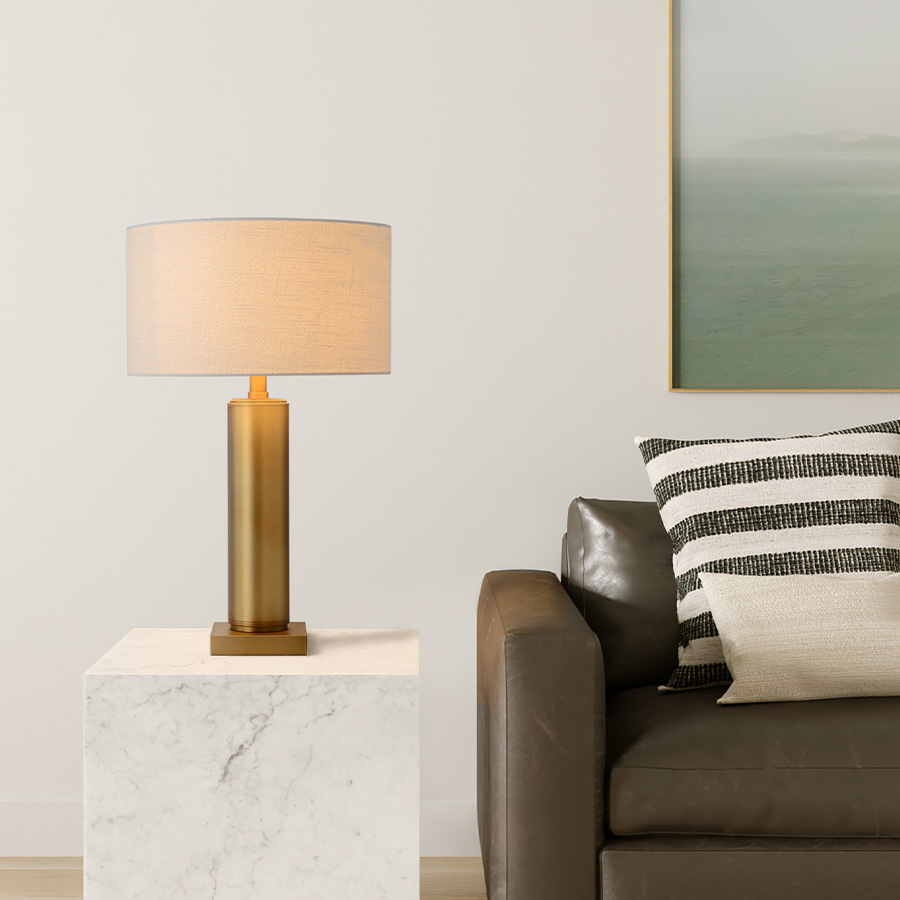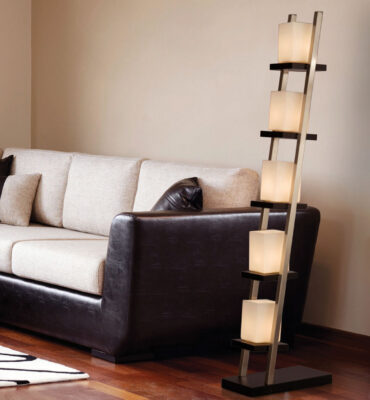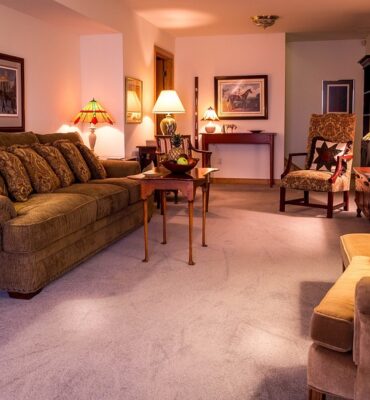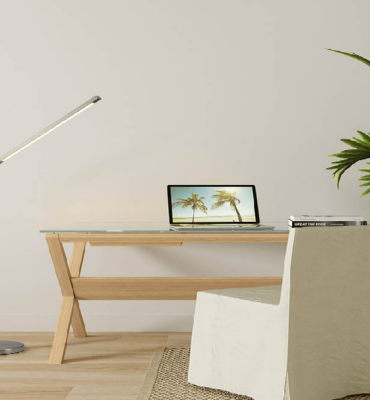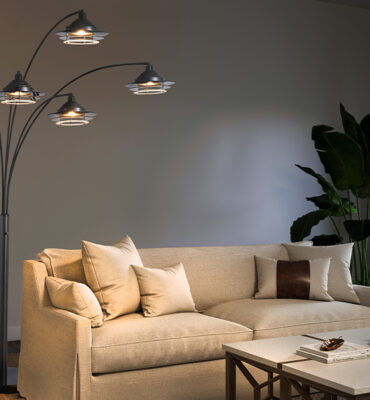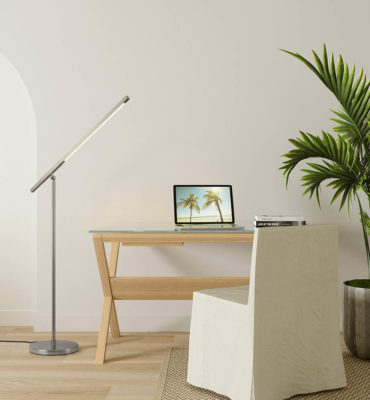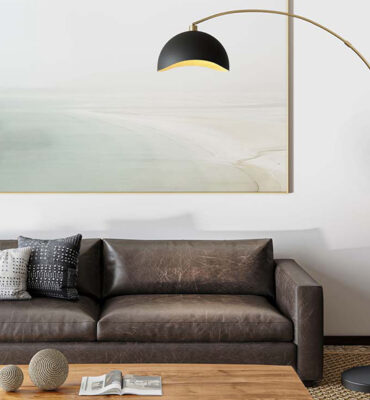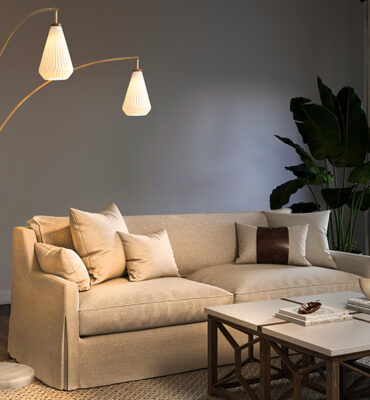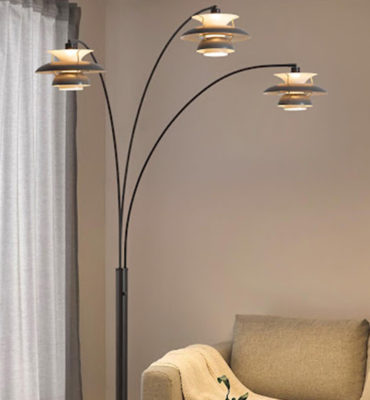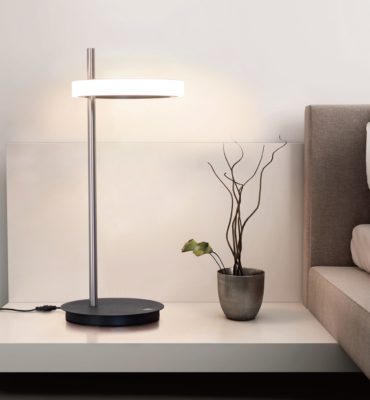It is an undeniable fact the best light fixtures for living room designs are made so by layering light for aesthetics and utility. The color scheme, style, and furniture matter, too, but the best light fixture for living room style can make a big difference in creating function and balance.
It ultimately showcases the beauty and creates the ambiance of your choice. This guide will show you the best light fixtures for your living room. You will get tips on how to use lighting to completely alter your living area’s vibe without having to deviate from your original design style.
What Is The Best Lighting Fixture for Living Room Designs?
The best lighting for a living room is mostly dependent on you — the homeowner and your home. Before you shop for your living room lighting, take a good look at your overall design scheme, and try to incorporate the lighting fixture that fits best.
However, you will want to take time to create a plan for layering the light in your room. To help you with understanding layering and determining what the best options are for your living room. are some great options to consider:
1. Table Lamps
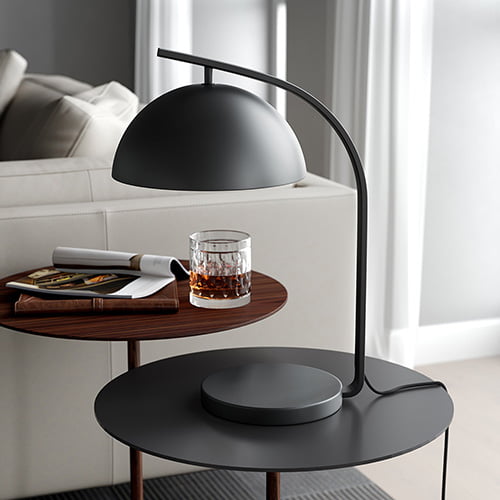
Table lamps might not be as fancy and trendy as chandeliers and floor lamps, but they are no less valuable. A good table lamp can bring elegance and texture to your space with the right amount of color, contrast, and illumination.
It would be best if you considered placing a pair of matching lamps on end tables or at either end of a console. You do not even have to use matching lamps at all — a simple look, when put together, looks good, too.
When buying a table lamp, an essential factor you should take into consideration is the spot. Having a clear purpose for the light and the right place to fit in will help you pick the perfect match for your use.
From sofa tables to accent shelves, how you incorporate table lamps into your living area depends on your taste — size things up and play with style.
2. Chandeliers
When it comes to living room lighting, chandeliers can help add depth to your space’s overall look. They provide quality general illumination from the center and dim to high and low levels, depending on your preference and mood. Consider using a chandelier for the living room of your home as a statement-making centerpiece.
A crystal chandelier, for instance, will add an extra layer of sophistication to your ultramodern space. If you’re a traditionalist, a polished brass chandelier will blend perfectly with the rest of your decor. But if you lean towards the rustic side of décor, chandeliers made from deer antlers may appeal more to you.
Whether your room is big or small, there is a chandelier design that fits — as long as you pick the right size and style. However, when hanging one of these pendants, make sure you drop it at the appropriate height. A good rule of thumb is to allow about 30 to 32 inches of clearance between the ceiling and the space below.
3. Arc Floor Lamps
Arc floor lamps are excellent lighting options for any home – all thanks to their wide variety and versatility. Whether you place one on the floor beside a table or next to the sofa, an arc lamp for the living room is a great way to create a cozy area and, at the same time, make a loud statement.
If you want to transform your living area from bland to stylish and modern, arc lamps are the perfect go-to. Do you want a bright and vibrant space? Or a cozy and relaxing atmosphere? All you have to do is pick out the right arc lamp for your needs.
When shopping for arc lamps for the living room, there are a million designs to choose from as well as several placement options. You can put one beside a sofa with its head reared towards the floor by the chair or with the lights focused on the couch itself.
Alternatively, you can place a well-designed arc floor lamp in an empty corner of your living area and let its light extend to the center.
4. Recessed Lights
Incorporating recessed lights in your living room is one way to light up your space. Recessed lighting never goes out of style, but instead, it keeps getting improved versions.
Though usually used in ceilings, they are versatile and commonly used for wall lighting and downlighting. Yes, you can use recessed lights to illuminate your pathway. You can also recess a light into a wall with an angled flange to light up a path or staircase.
Just like most lighting options, getting the right recessed lights to suit your needs and desired effect is essential. Do you want to make a piece of art a focal point?
Recessed lights can create the right spotlight. Do you want to create a wall-washing effect? Place a well-lit recessed downlight near a wall and watch light mildly bounce into your space. Whichev犀利士 er way you choose to incorporate recessed lights into your living room, consider adding a dimmer to keep your lighting under control.
How To Incorporate Natural Light In a Living Room
While artificial lighting options make the home aesthetically pleasing and inviting, natural lights bring extra space and warmth. Natural light is an essential light source for any room as rooms without it give off a dark, depressed mood.
You want to use natural light in your living room to keep you alert for the day and make your tasks easier. If your living room is small, natural light from windows will make it feel less cramped up and more comfortable. When designing your living room, never forget to leave the right space for natural sources of light.
Your work desk might not be the right spot to divert sunlight, but that gorgeous vase of flowers by the window works perfectly. You should give a good thought to how daylight enters your living area at different times of the day.
Windows facing the west give off a less harsh light during late afternoons than one produced by east-facing windows in the mornings. South-facing windows give off more sunlight than windows facing the north.
Wherever your window falls, find a way to embrace natural lighting within your space. The easiest way around this is by hanging sheer curtains in the windows. This way, even when the curtains are closed, a small amount of light still reflects in your room.
Another way is by painting the walls of your living area a glossy white. White naturally reflects light, and glossy paint will double the effect, preparing the walls for illumination.
Layering Light in a Living Room
One way to go about the best lighting for living rooms is by lighting in layers. It is somewhat baffling how people ignore this interior design tool.
To provide balanced illumination at every level, you need to bring in the three primary light sources — general, task, and accent lighting. Check out ideas on how to curate these three layers in your living room:
1. Ambient / General Lighting
The primary source of light serves as a background to other light fixtures. Ambient lighting should fill every corner of the living area with light bright enough to help you see clearly.
Chandeliers, floor lamps, and recessed lights create good general lighting. Any of them works. But never stray from the general rule of uniformity. If you’re going for recessed lights, you should use the same kinds of recessed lights. If the lighting is entirely uniform, the room will exude a consistent feel.
2. Task Lighting /Lighting By Activity
Just like it suggests, task lighting illuminates specific areas for specific uses. Due to task lights’ intended specificity, they usually come in a directly bright single-bulb fixture.
While modern task lamps make heavy-duty companions for those long work-at-home days or burning the midnight oil.
Lighting a Work Area
A bright desk lamp on your work table or a reading lamp will help you achieve a more effective study. Warmer light is safe on your eyes when studying; however, if your work is geared towards building or crafting, a more relaxed, more daylight-toned bulb works better.
Lighting a Conversational Area
A conversational area is more than the ottoman, the back chairs, and the end tables. The lighting is just as important too. A few well-placed floor lamps or recessed lights will help you and your friends or family members ease into a natural conversation.
Alternatively, you can place a dimmable lamp on an end table. Adjust the brightness as preferred and converse away.
Lighting for TV Viewing
You’ve probably experienced how reflections on your TV screen can ruin viewing pleasure
right light placement for this activity. Do not place lamps in spots that fall in front of the screen. If you have other light fixtures placed initially on those spots, turn them off when it’s TV time.
In place of those lights, put lights on either side of the TV screen. You will create a good TV-watching experience for yourself and your kids and give an aesthetically pleasing view.
3. Accent Lighting
Accent lighting is less functional. While it can be task lighting, this light layer is primarily for looks and is used to highlight architectural details or statement artworks.
A funky table lamp will add more illumination to your fireplace. And if you want to make a focal point of your bookshelf, feel free to light it up. For a better highlighting effect, use lights that come in bulbs three times brighter than the rest of your living space.
Ideal Light Bulbs for Living Room Lights
There are various light bulbs categorized by different color temperatures ranging from yellowish to whitish blue. The color temperature of a given light bulb will determine the brightness of light produced.
Therefore, when choosing light bulbs for your living room lights, consider how bright you want it to be and select accordingly. The following are the three primary colors for different light settings:
1. Warm Light Bulbs
Warm light is a soft yellowish light usually produced by incandescent bulbs. Its color temperature ranges between a deeper yellow of 2000K to a paler yellowish shade of 3,000K.
The warm glow of 2700K temperature is perfect for ambient and mood-setting lighting and is also available in dimmable LED lights, candelabra, and low-wattage smart bulbs.
2. Daylight Bulbs
These light bulbs produce light that looks like a sunny but slightly hazy summer afternoon. They range from a color spectrum of 3500K to 7000K, depending on the weather and latitude.
3. Cool Light Bulbs
If you want something similar to natural daylight, cool lights are the perfect go-to. They range from 5000k to 7000k on the light spectrum, producing white light with a bluish tinge.
If you desire a very bright light for ambient or task lighting, you can opt for 4500K cool light bulbs. They will evenly disperse rays and soften the shadows in your living area with very little or no harshness.
Light Fixtures by Style
Whether your living room is designed after the modern, traditional, or contemporary style, there are light fixtures that match. Here is a guide on how to pair your living room lighting with popular home design styles.
1. Sophisticated Contemporary Lighting
These lighting fixtures add a unique twist to a contemporary-styled living room consider your living room a modern space, and add in light fixtures that come in sculptural shapes and polished marble. Clusters of pendant lights in matte will also provide the right amount of abstract contrast you need.
2. Chic Modern Lighting
From ceiling lights to wall lights, you will find modern lighting designs to accentuate your living space.
Something as simple as a white modern drum pendant light hanging from your ceiling will give your living room a unique upscale. LED sconce wall lights with white glass in bronze finish are other options that will give classy results.
3. Ornate Traditional Lighting
There is a vast collection of traditional light fixtures and lamps for your living room. If you prefer an ancient retro-styled look, you will find antique table lamps and even standing lights to match your taste.
However, if you are the type to go extra with more dramatic effects, pick out elegant pendants and wall sconces made of brass or gold to match your traditional decor. The warm elegance they will add to your living space is unmatched.
Final Thoughts
The choice of the best light fixture for your living room is ultimately up to you. But don’t forget; that the lighting style you go for can make or break your entire decor. So, be careful enough to make the right decisions — for your home, your guests, and you.



